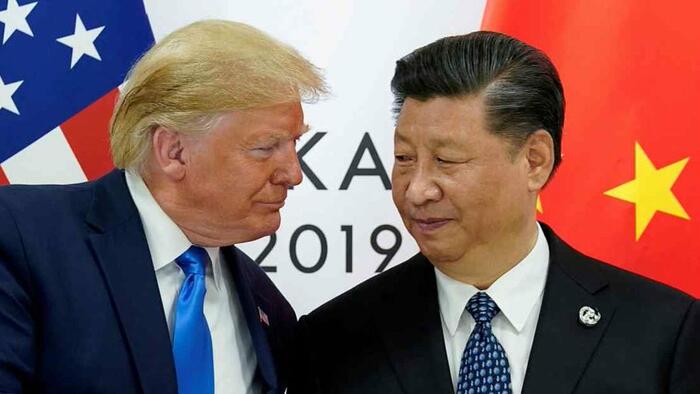
Key Conflict: U.S. vs. China Trade Dispute
- What’s Happening?
- Former U.S. President Trump called China’s leader Xi Jinping “very tough” to negotiate with, weeks after both sides accused each other of breaking a May 12 trade deal.
- Core Issue: The U.S. claims China is limiting exports of rare earth minerals (needed for tech/military gear), while China says the U.S. is blocking sales of jet engine parts.
- Current Status: Talks are “stalled,” but Trump and Xi may speak soon to resolve tensions.
What Are Tariffs?
- Think of tariffs as “taxes” on imported goods. If Country A puts tariffs on Country B’s products, it makes those goods more expensive, often to protect local businesses or pressure trade partners.
- Example: The U.S. just doubled tariffs on steel and aluminum imports to 50% (up from 25%), starting June 4. This could raise prices for cars, construction materials, etc.
Trade Deal Deadlock Explained
- The May 12 Agreement: Both countries agreed to pause new tariffs for 90 days (until August 12) to negotiate.
- U.S. Complaints: China isn’t exporting enough rare earth minerals.
- China’s Complaints: U.S. isn’t easing tech/engine-part restrictions.
- Next Step: A planned Trump-Xi call (“very soon”) to break the stalemate.
Global Trade Wars: Who Else Is Involved?
The U.S. is negotiating with 18 countries to reduce tariffs. Key updates:
- Vietnam:
- U.S. wants Vietnam to use fewer Chinese materials in factories.
- Vietnam may buy $2B+ in U.S. farm goods (like corn, soybeans).
- Japan:
- U.S. demands Japan drop all tariffs; Japan wants auto industry exemptions.
- European Union (EU):
- Threatening tariffs on $95B of U.S. goods (cars, planes) if talks fail.
- India:
- Close to a deal with U.S. to boost trade (covers tech, farm goods, drugs).
Legal Battles Over Tariffs
- A U.S. court ruled some Trump tariffs illegal (citing overreach of power), but allowed them to stay during appeals.
- Deadlines:
- June 5: Opponents must file arguments.
- June 9: U.S. government responds.
- If the ruling holds, tariffs on items like Chinese electronics or Mexican cars could drop.
Possible Consequences
- Retaliations:
- China: Slowed exports of rare earths; may restrict more U.S. goods.
- EU: Could target U.S. planes, chemicals, or bourbon.
- Price Hikes: Higher tariffs mean costlier imports (e.g., steel → pricier cars).
Key Takeaways
- U.S.-China tensions center on rare earths, tech, and broken promises.
- Global ripple effect: Trade fights with the EU, Japan, Vietnam, and others could impact prices and supply chains worldwide.
- What’s next: Watch for the Trump-Xi call and the June 5/9 court deadlines.
Visual analogy idea: Imagine a high-stakes poker game between the U.S. and China, with tariffs as “bluffs” and rare earth minerals as the chips. Other countries (EU, Japan) are waiting to see who folds or raises!